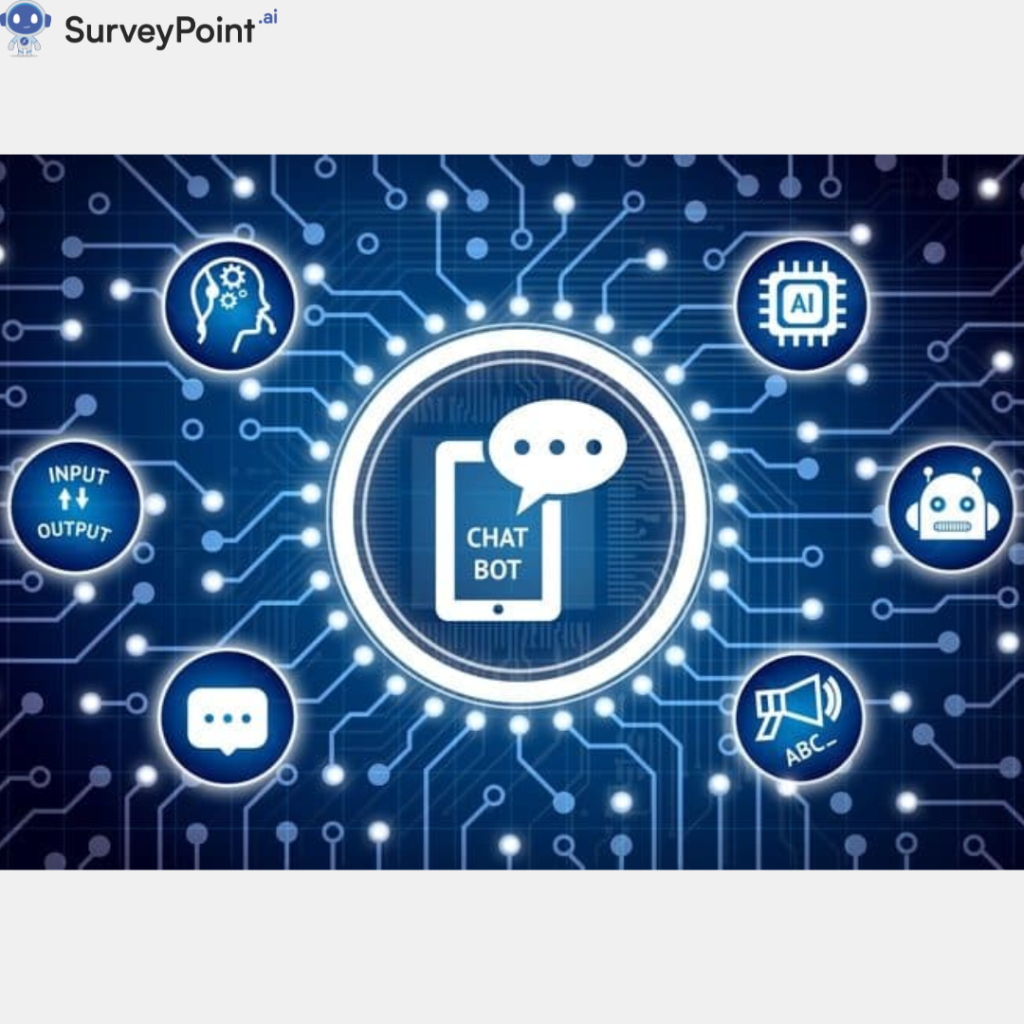
Criminal activity done on the Internet is called cybercrime. Cybercrime is increasing very fast all over the world. In India, cybercrime cases reported in 2021 were 52,974, with an increase of 6% as compared to last year. The first incident of cyber crime happened in 1973 in New York.
In this blog post, we will discuss what is cybercrime, cybercrime examples, 5 types of cybercrime, and cases of types of cybercrime in India.
What is a Cybercrime?
Cybercrime is also called computer crime; it means any criminal activity on the Internet on various digital platforms. Cybercrimes can happen on mobile phones too; it does not always need a computer for cybercrime.
Most cybercrime cases are an attack on individuals, companies, or government information. Even though the attacks don’t happen to a real body, they do happen to a person’s or a business’s “virtual body.” This is the set of informational characteristics that define a person or a company on the Internet. In other words, in the digital age, our virtual identities are important parts of our daily lives. We are a collection of numbers and identifiers in multiple computer databases owned by governments and businesses.
Examples of Cybercrime
- Stealing the credit card information:
It is the most common cybercrime when a person’s credit card information is stolen and used unethically to do transactions and transfer money.
- Hacking government websites:
Hacking government websites can give hackers a lot of information about the people, and it can also tamper the sensitive government data.
- Phishing practices:
The phishing practices get into business networks by sending fake emails that look like they came from a real company. These emails trick users into doing things like downloading attachments or clicking on links. The malware or viruses then spread to the systems and end up in the companies’ networks.
Some other common types of cybercrime are the sale of illegal items like drugs, guns, or fake goods, illegal gaming, soliciting, making, distributing, or having child pornography, and so on.
- Losing the control and access to content:
In 2017, the WannaCry attack, which was thought to have been started by North Korea, let loose ransomware that locked up users’ material. This virus spread quickly and is now on 300,000 computers around the world. The people who lost their info had to pay hundreds of dollars to get it back.
5 Types of Cybercrime
The most common cybercrimes are email fraud, banking fraud, identity thefts, spyware, and clickjacking. Let’s see how these crimes are performed.
- Viruses:
Viruses are computer programs that tend to spread to other computers on a network by attaching to a system or file or infecting it. They stop the computer from working and mess with the data it stores, either by changing it or removing it. Unlike viruses, “worms” don’t need a host to stick to. They just keep making copies of themselves until they use up all the memory in the machine. “Worm” is sometimes used to mean “malware” (MALicious softWARE) that can copy itself. In the case of the hybrid viruses and worms that are the most common, these words are often used interchangeably.
- Malware:
Malware is a broad term for many different types of cyberattacks, like Trojans, viruses, and worms. Malware is just code that is made to steal information or damage things on a computer.
- Phishing:
This is a way to get private information like credit card numbers and username/password combinations by pretending to be a genuine business. Email faking is the most common way that phishing is done. You’ve probably gotten emails with links to websites that look like they are real. You probably thought it looked fishy, so you didn’t click on the link.
- Email Spamming:
Spam email, also called junk email, is a mass-sent message that was not asked for. This infamous email threat got its name from the lunch meat Spam, which is known for being everywhere, always the same, and impossible to avoid.
- Worms:
Worms use the network’s interface to spread to other devices on the same network, either locally or over the Internet. Worms spread to more computers each time they attack one.
Top 3 Cybercrime Cases in India
- Canara Bank ATM system hacked:
Around the middle of 2018, Canara Bank’s ATM systems were the target of a cyber attack. The hackers keep almost Rs 20 lakhs in different bank accounts. Skimming devices were used by hackers to take information from 300 debit card users. They tried to trick 50 people, and the money they stole went from Rs 10,000 to Rs 40,000.
- Aadhar software hacked:
In 2018, 1.1 billion people who had an Aadhar card had their personal information stolen. Personal information like Aadhar, cellphone, PAN, and bank account numbers, as well as IFSC codes, were among the details that were leaked. Soon after, it was shocking to find that people were selling Aadhar information on WhatsApp for Rs 500 per person. Also, for a small fee of Rs 300, anyone could get a copy of anyone’s Aadhar card.
- Cosmos Bank cyber-attack in Pune:
In 2018, a cyberattack happened on the Cosmos Bank in Pune. This shocked the whole banking industry. By breaking into the bank’s ATM system, hackers stole Rs 94.42 crore and got information about many debit card users. Money was taken, and hackers from 28 countries took the money back right away.
Conclusion
Cybercrime is an illegal act that is done on the Internet. This blog tells you about cybercrime, the types of cybercrime, and cybercrime in India. We hope that after reading this blog post, you will take the necessary precautions to keep yourself safe from cyberattacks and hackers. For more information checkout – surveypoint.ai




